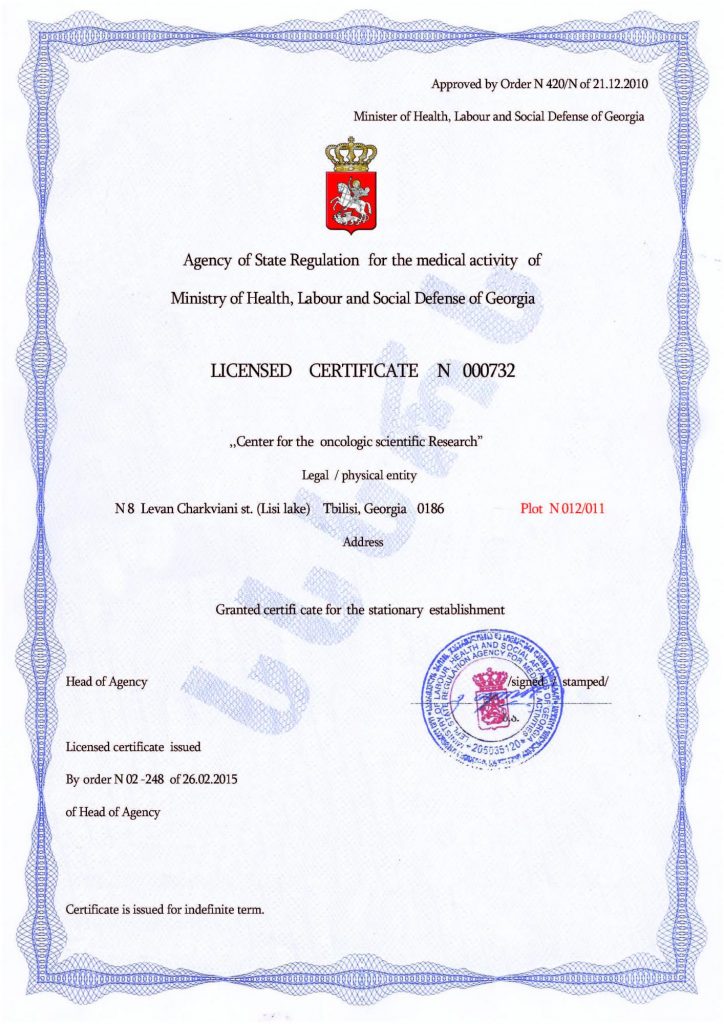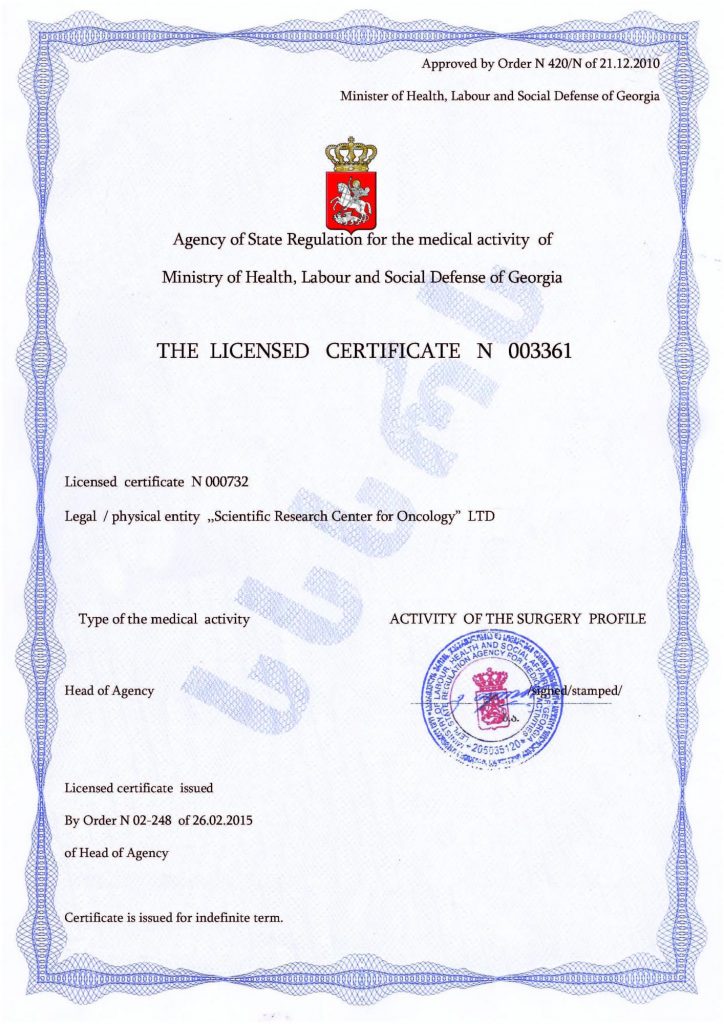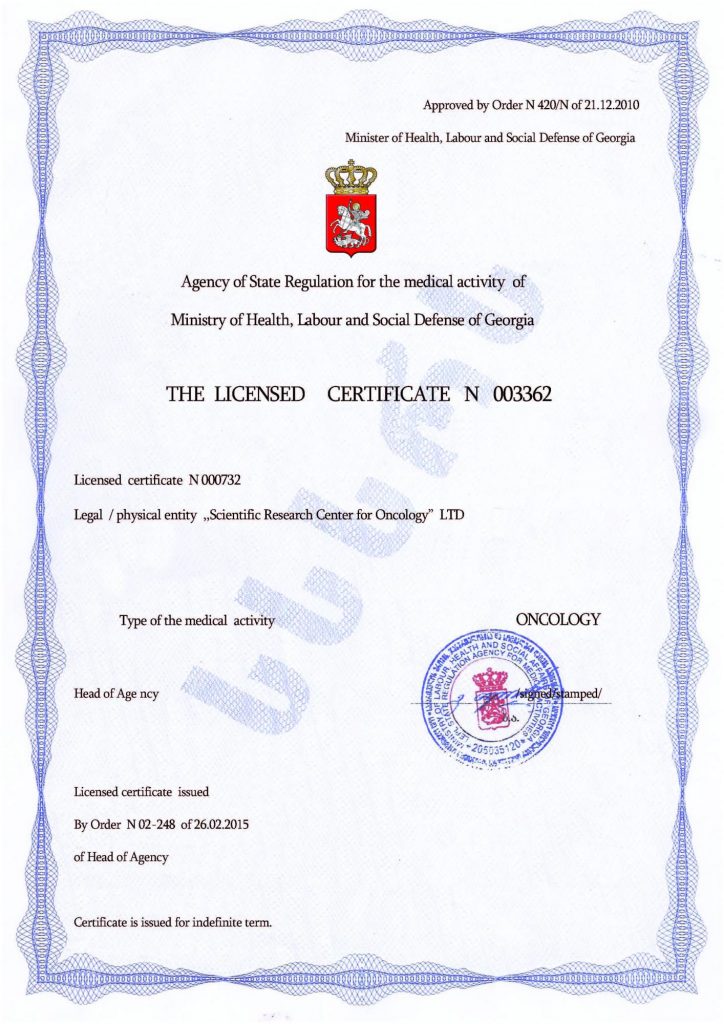How to Teach an Autistic Person to Wash Their Hair
Every individual with autism spectrum disorder manifests it differently, and sometimes a symptom can be the refusal to keep their hair clean or a complete rejection of washing it. The reason is not neglect or disregard for their appearance — this behavior may be linked to sensitivity to water, sounds, touch, or even the need to change their daily routine and go to the bathroom instead of engaging in a planned activity.
The situation can be corrected, but it will require a step-by-step approach.
- Breaking the Process into Simple Steps. The process of washing hair for an autistic person should be divided into simple steps. The child needs to understand that they should:
-
- Wet the hair;
- Apply shampoo;
- Lather the shampoo;
- Rinse it out;
- Dry their hair. You can use cards with pictures or a video tutorial to show the sequence.
- Preparation with “Dry” Training. If the autistic person experiences anxiety when touching water or even approaching it, you need to help them overcome their discomfort. The simplest way to do this is to explain the process: without pouring water, demonstrate the hand movements for washing hair and practice applying foam to dry hair. This will help reduce stress levels.
- Soothing Comfort. The procedure should create conditions that are simply pleasant. Choose a neutral water temperature — warm, not too hot or cold. If the shower causes anxiety for any reason, you can pour water from a small bucket or mug. Try to avoid getting water on the face — a special shower visor or a towel on the forehead can help. Finally, it’s important to avoid sudden movements and loud sounds — if the sound of water is unpleasant, turn on the faucet in advance but not fully.
- Control Over the Situation. The child may calm down if given the option to hold the shower head, a small bucket, or apply the shampoo themselves. This also helps reduce anxiety.
- Learning Through Play. It’s best to introduce the situation (and many others) in a playful way. For example, the child can first wash a doll’s hair and then repeat it on themselves. You can also draw with foam on the mirror or play their favorite music while washing their hair.
- Clear Explanations Are Key. Much of the success depends on the availability of explanations — the child should be informed about what sensations they will experience from certain actions. Inform them about what will happen: “Now your hair will get wet,” “Now the water will wash off the foam,” and so on. These “announcements” make the situation more predictable for them.
- Positive Reinforcement. Finally, if everything goes smoothly, encourage the child for good behavior — give them something tasty, play a cartoon, or allow them to play with their favorite toy.
When teaching hair washing, the key is patience and gradual steps. If the child resists, they shouldn’t be forced — you can return to training later. However, the most effective and valuable help can be provided if you don’t fight against such manifestations of autism, but eliminate them alongside the disorder itself.
This goal can be achieved through cell therapy — an innovative, safe, and most effective method available today. Its advantages lie in the naturalness of the correction process — it uses the patient’s own stem cells, tapping into the body’s restorative abilities. After transplantation, they transform into cells of the corresponding part of the brain, replacing damaged ones, which are responsible for neurological disruptions. Symptoms stop appearing shortly after the procedure, and this result is sustained for a long time, often for life, making additional corrective measures more effective.
This method of treating autism has gained widespread recognition and is used by leading clinics worldwide. One of them is the Mardaleishvili Medical Center, which employs highly qualified specialists and has modern equipment. The center’s services are more affordable compared to other countries, and assistance is available starting from trip planning and accommodation arrangements.
Cell therapy is the best approach to help overcome autism!
Autism Treatment Center Videos
Autism treatment with own stem cells
Cord blood association congress
International Quality Crown
Autism Treatment Reviews
Autism treatment with own stem cells
The story of Alessandro (6 years old)
Autism Patient Testimonial - Stem Cell Treatment
Clients Testimonials
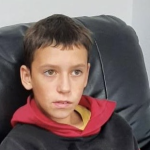
Feedback from Igor, David’s father (12 years old) Read More
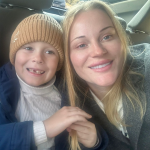
Feedback from Olga, Fedya’s mother Read More
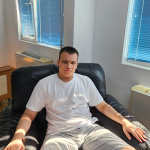
Feedback from Natalia, Radomir’s mother (15 years old) Read More
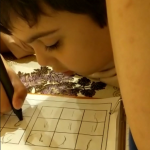
Feedback from Esther, Samuel’s mother (8 years old) Read More
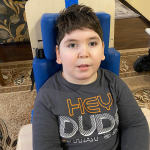
Feedback from Abibe, Selim’s mother (7 years old) Read More









